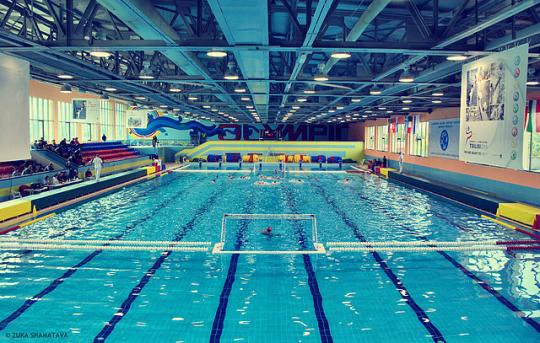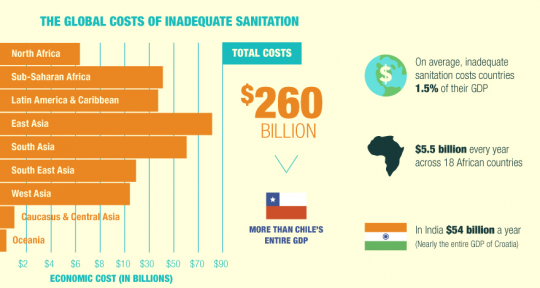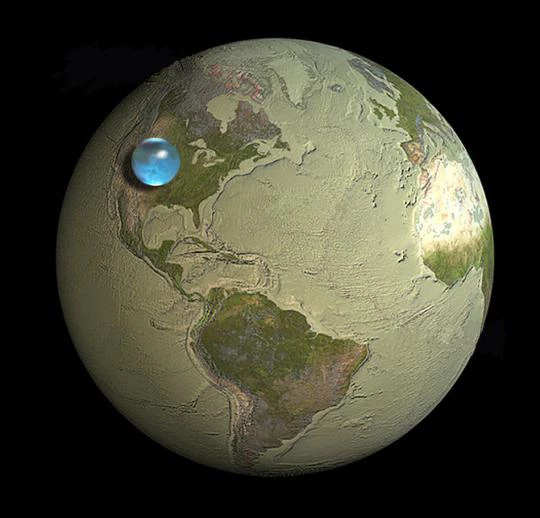1) Water covers 70% of the Earth, but it’s only 1/1000th of the Earth’s volume
This image from the US Geological Survey shows what would happen if all the Earth’s water - everything from oceans and seas to ice caps, lakes and atmospheric vapor - was removed from the surface and combined into a single sphere.
By volume, the Earth is about 1 trillion or 1,000 billion cubic kilometers. All of the earth’s water comes in at a thousand times smaller, in a sphere with a volume of 1.4 billion cubic kilometers and about 1,400 kilometers in diameter - that’s about the length of Madagascar.
2) 97.5% of the world’s water is saltwater, just 2.5% is freshwater.
Of the 1.4 billion cubic kilometers of water on Earth, 35 million or about 2.5% of the total volume is freshwater. Only about 0.3% of this freshwater is easily available for humans to use - the rest is frozen or underground.
That leaves about 100,000 cubic kilometers of freshwater for humans to use.
3) There are about 6 olympic swimming pools of accessible freshwater per person.

If the total usable freshwater supply for humans is about 100,000 cubic kilometers, then for every one of the 7 billion people on earth, there’s about 15,000 cubic meters of water or 6 Olympic sized swimming pools full.
4) Latin America has 5-times as much freshwater per capita as East Asia
While there are 15,000 cubic meters of freshwater per person globally, this water is not evenly distributed.
According to data from the Food and Agriculture Organization, Latin America has the highest volume of freshwater per capita - more than 5-times as much as Sub-Saharan Africa and East Asia and more than 20-times as much as South Asia and the Middle East.
(Yes, East Asia has a huge population which makes the per-capita figure look low, but when you look at freshwater volume alone, it’s clear Latin America has a lot of it.)
5) Less than 50% of Sub-Saharan Africa’s rural population have access to an improved water source
We know freshwater is unevenly distributed across the globe, but there are differences in access within countries and regions.
An “improved water source” refers to something like a household connection, public standpipe, borehole, protected well or spring. “Unimproved sources” include vendors, tanker trucks, and unprotected wells and springs. “Reasonable access” is defined as the availability of at least 20 liters per person per day from a source within one kilometer of a dwelling.
In 2000, less than 50% of people living in rural Sub-Saharan Africa had access to an improved water source. In urban areas, this figure is over 80%.
6) 70% of the world’s withdrawn freshwater is used for agriculture
In 2011, the world used around 3,900 cubic kilometers of freshwater - 70% of this water was used in agriculture - for maintaining livestock and irrigation, 20% was used for industrial purposes and 10% accounted for domestic water use.
7) Inadequate water supply and sanitation results in $260 billion of global economic losses annually

According to estimates by the World Bank and WHO, in 2010, inadequate water supply and sanitation resulted in US $260 Billion of global economic losses, largely in the form of time savings and health improvements.



Join the Conversation